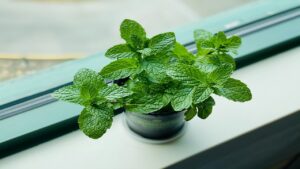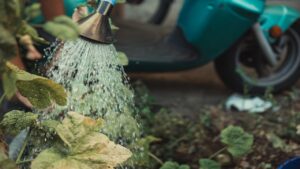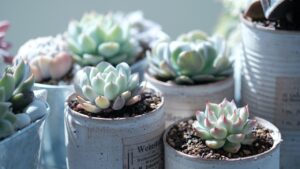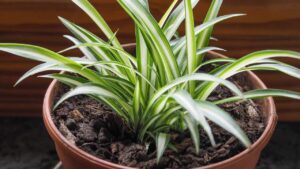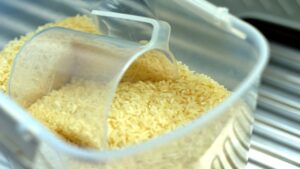The reason why basil starts wilting so quickly
Basil can be one of the most important herbs that sits on the spice rack. It is another one of the many plants belonging to the Lamiaceae family and is native to the tropical regions of Asia and Africa. However, today it has already spread across the entire world. Also, different varieties of basil include Genoese, Thai, and Chinese.
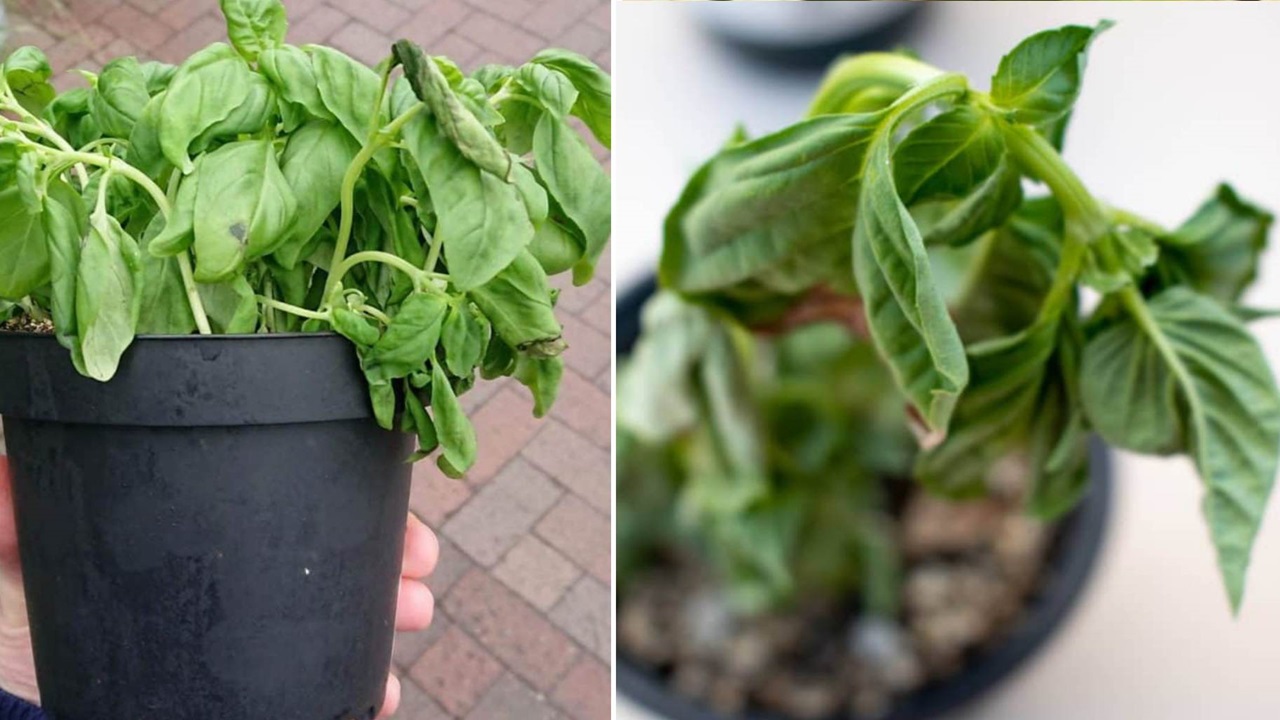
Regardless of type, though, basil provides a natural aroma and a sweet, yet spicy, taste. It is ideal for sauces, soups, pasta, and many other types of dishes. It is even used in herbal teas and other kinds of drinks.
Because basil is an annual type of plant, it should be harvested before it begins to flower to get the most flavor out of the herb. Usually, it can keep for up to a week if stored in the refrigerator, and it can also be frozen for an even longer shelf life. However, there is the strange phenomenon of basil wilting almost immediately after being purchased at the store, and we are going to look into why this happens.
Preventing Basil From Wilting
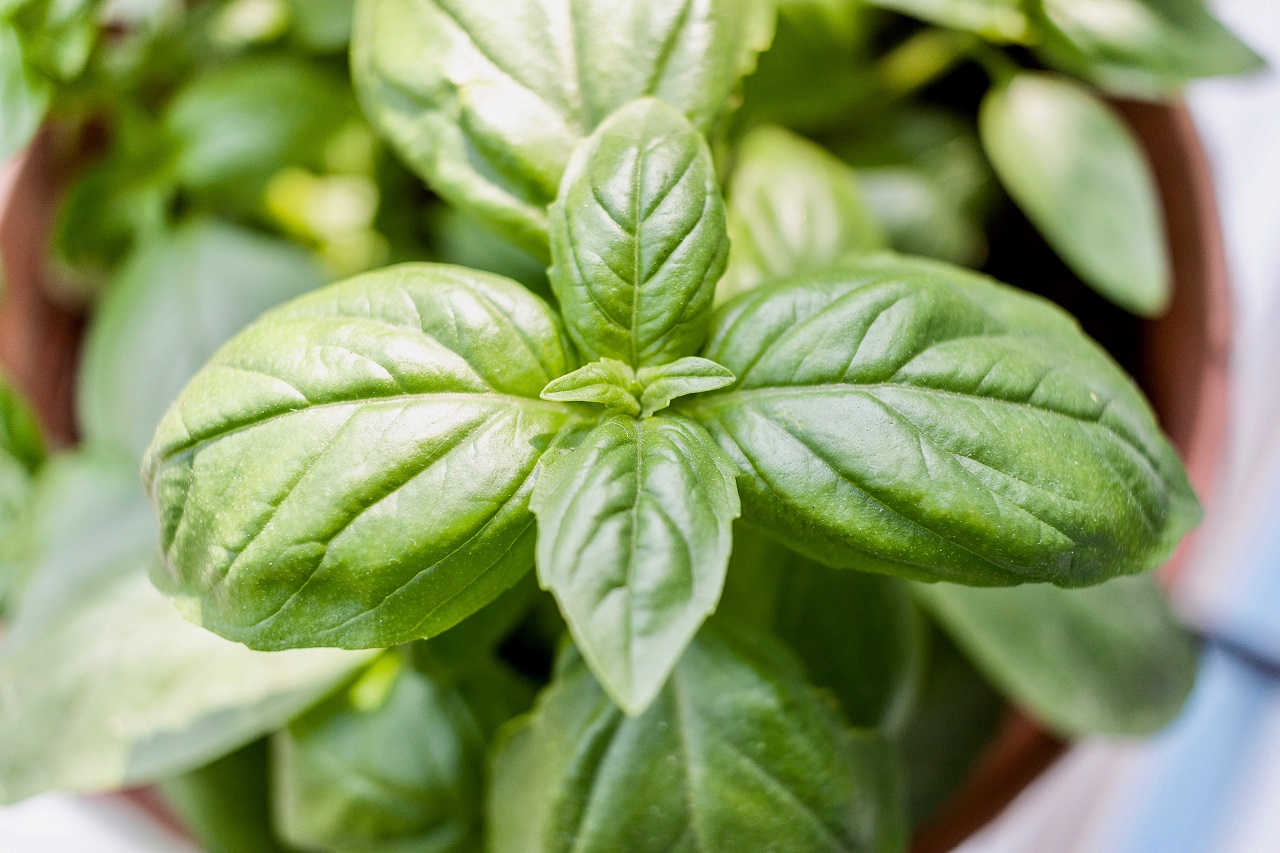
One of the main contributors to the wilting of your basil is its life in the supermarket. Usually, seedlings spend many days sitting under artificial light and at a controlled temperature. It is due to the sudden change in the environment that basil becomes so susceptible to wilting. If it is placed next to a window during transportation, the basil should be able to slowly adjust to its changing surroundings.
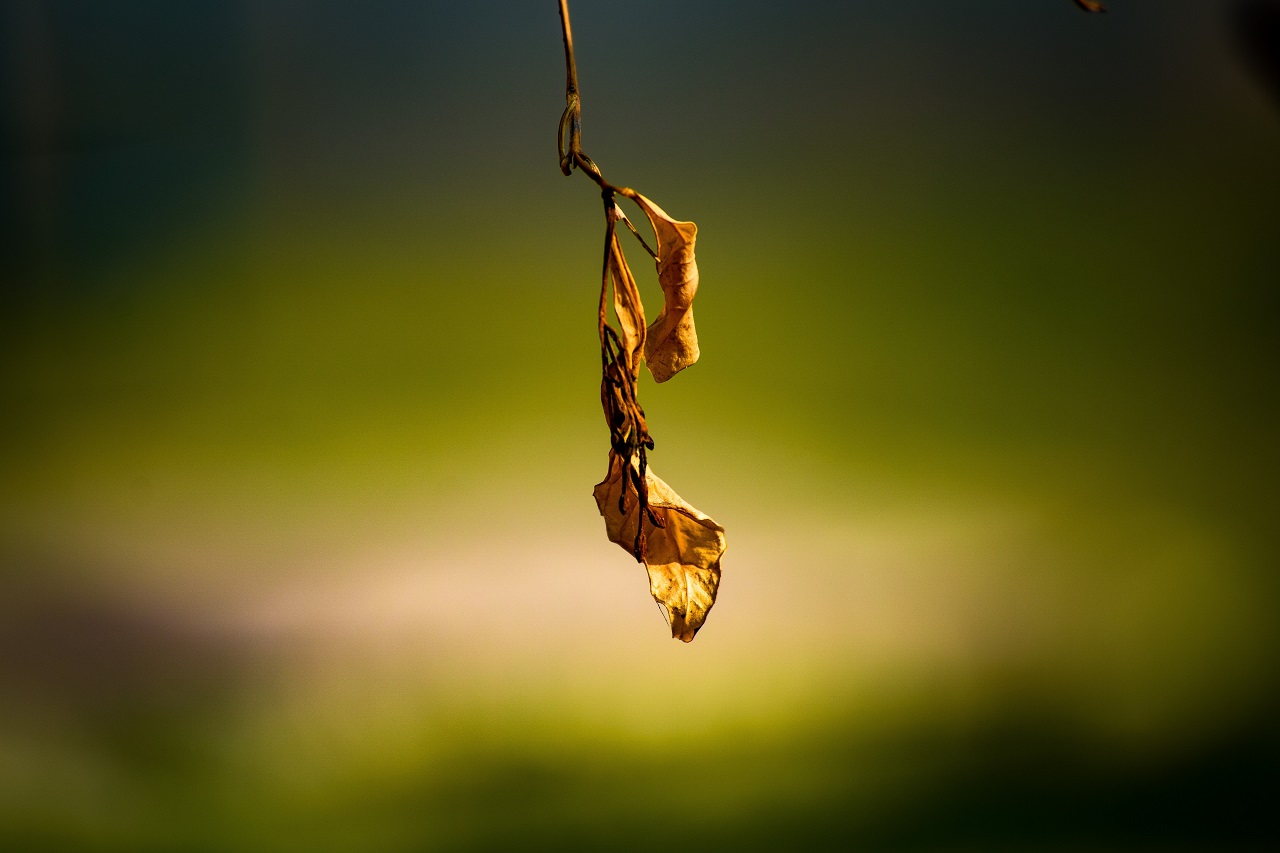
Another factor to consider is that basil thrives in soil that is consistently damp. While the herb is sitting in the store, it is more than likely that the basil is not getting the amount of water that it needs. So the plant is already dehydrated by the time it reaches your car. If you can, try watering the herb as soon as you get home. Just a little bit of water at a time will be fine. And if you want to plant your basil, make sure to use a fertilizer rich in nitrogen.
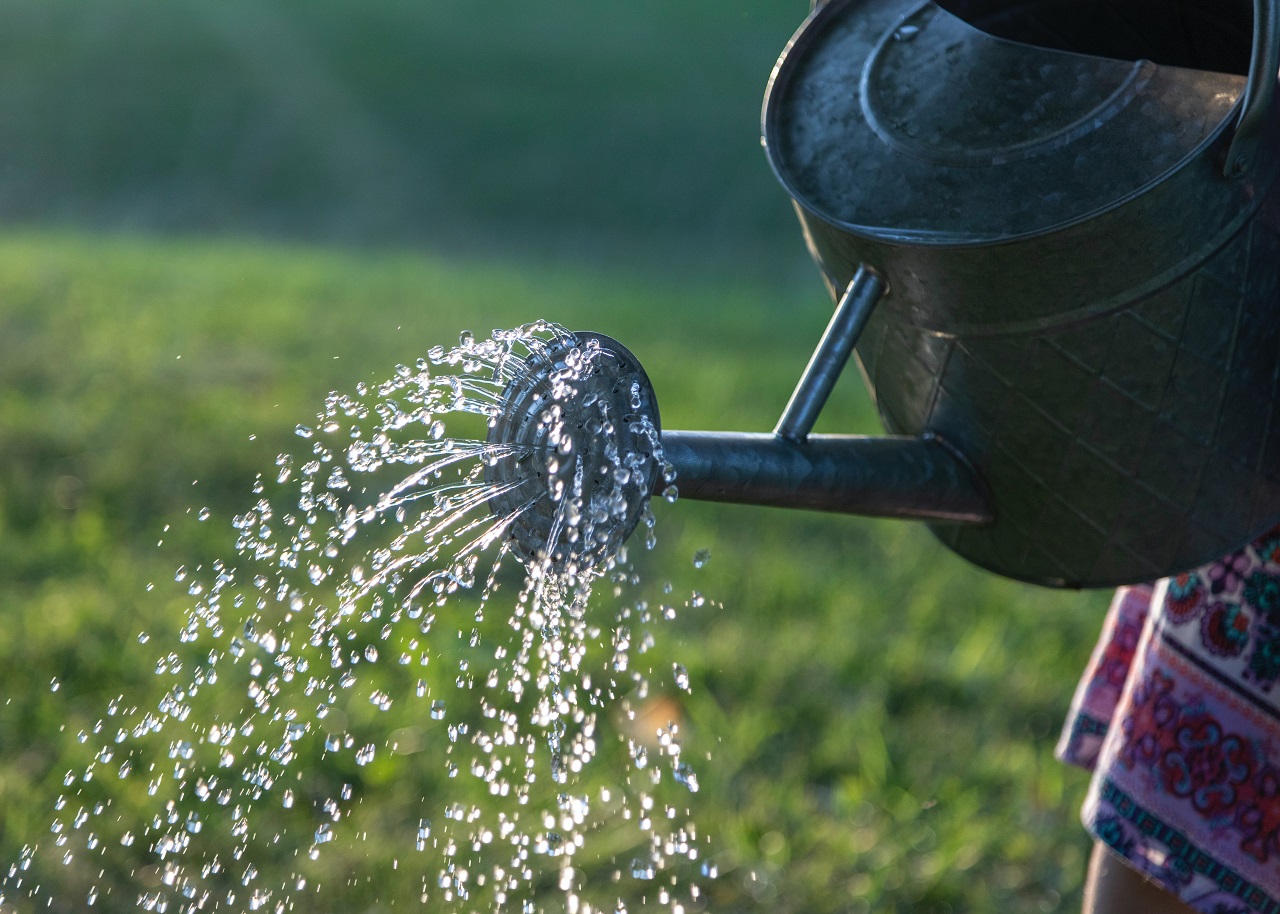
One last tip, never expose your herb to direct sunlight. And during the hotter months, it is recommended to moisten its leaves to help replicate the plant’s natural environment.
